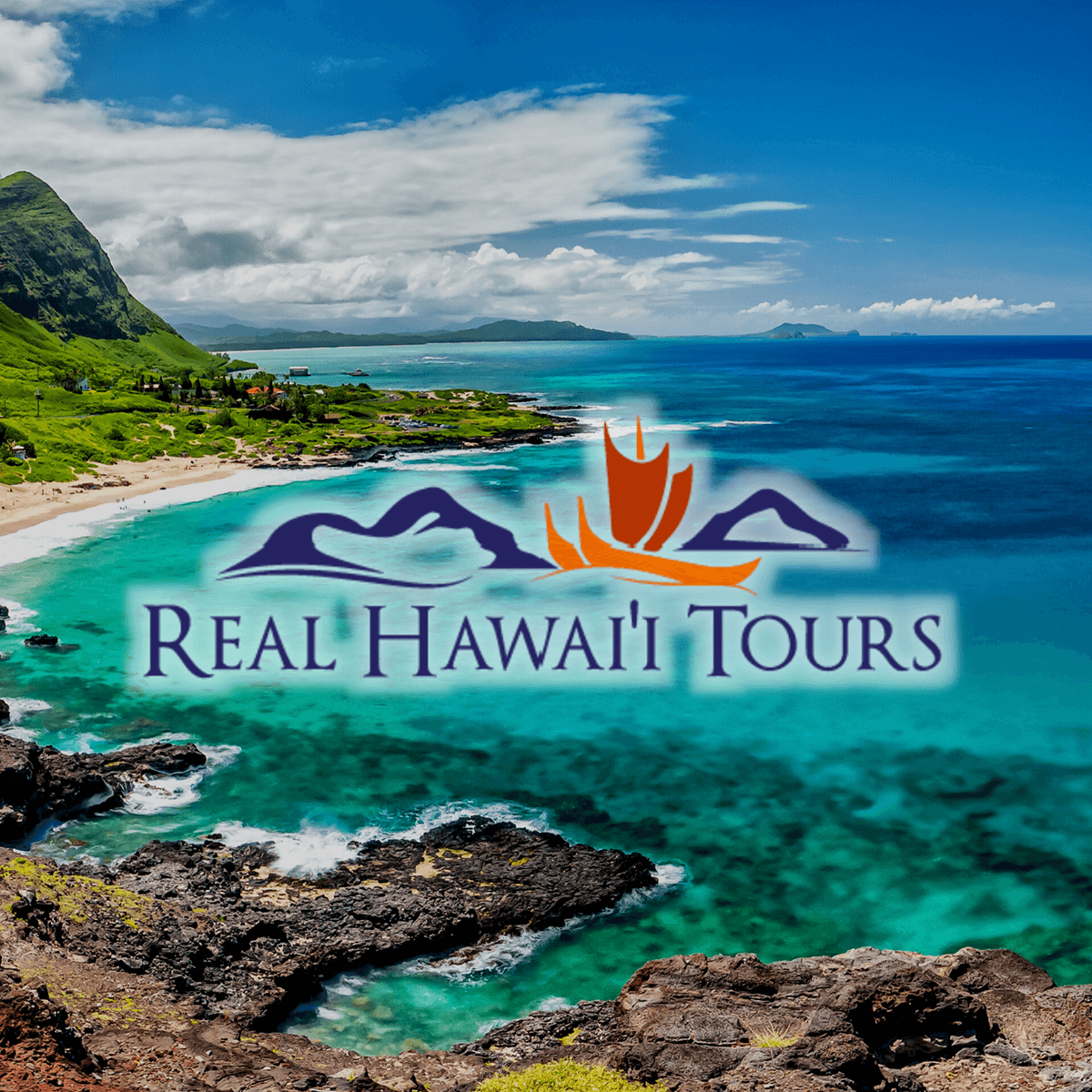Guided tours for seniors are gaining popularity, offering tailored travel experiences that cater to the unique needs and preferences of older adults. This burgeoning sector recognizes the importance of accessibility, pacing, and engaging activities designed to create memorable and enjoyable journeys for this demographic. From carefully planned itineraries that incorporate rest breaks to specialized tours focusing on specific interests, the industry is adapting to provide enriching travel opportunities for seniors.
This guide delves into the key aspects of planning and delivering successful guided tours for seniors, covering everything from understanding their travel needs and preferences to developing effective marketing strategies and ensuring their safety and well-being throughout the journey. We examine various tour formats, discuss pricing models, and highlight the importance of clear communication and accessible travel options.
Understanding Senior Travel Needs: Guided Tours For Seniors
Catering to the unique needs of senior travelers is crucial for ensuring a safe, enjoyable, and memorable experience. Failing to account for physical limitations and preferences can significantly detract from the overall trip, leading to discomfort and dissatisfaction. This section will explore the key considerations for designing tours specifically for senior citizens.
Physical Limitations and Accessibility Requirements
Senior travelers often face various physical limitations that must be addressed in tour planning. These can include reduced mobility due to arthritis, joint pain, or other conditions; impaired vision or hearing; and decreased stamina and strength. Accessibility requirements are therefore paramount. Tours should prioritize accessible transportation, such as wheelchair-accessible buses or vans. Destinations should be chosen with easy navigation in mind, minimizing stairs, uneven surfaces, and long distances between points of interest.
Restrooms with appropriate accessibility features are also essential. Furthermore, providing ample time for navigation and movement between locations is critical for accommodating varying levels of mobility. For instance, a tour might choose a hotel with elevators and rooms on lower floors, eliminating the need for extensive stair climbing.
Pacing and Rest Breaks in Tour Itineraries
A key element in designing senior-friendly tours is incorporating ample rest breaks into the itinerary. Senior travelers may tire more easily than younger individuals, and frequent breaks are essential to prevent exhaustion and discomfort. The pace of the tour should be deliberately slower, allowing ample time for sightseeing and exploration without rushing. Scheduled rest stops, ideally in shaded or air-conditioned areas, should be incorporated throughout the day.
These breaks could include opportunities for light refreshments or simply a chance to sit and relax. For example, a three-hour walking tour might include two 15-minute breaks and a longer 30-minute lunch break.
Preferences and Interests of Senior Travelers
Senior travelers often have specific preferences and interests that should guide tour planning. Many appreciate slower-paced tours that focus on cultural immersion and historical sites rather than high-energy activities. Comfortable accommodations, such as hotels with comfortable seating areas and readily available assistance, are highly valued. Tours focusing on history, art, gardens, or relaxing scenic locations are generally more appealing than those emphasizing physical exertion or strenuous activities.
For example, a tour focusing on historical landmarks with detailed guided commentary would be far more appealing than a strenuous hiking expedition. Additionally, many senior travelers appreciate smaller group sizes, facilitating more personalized attention and interaction with the tour guide.
Sample One-Day Guided Tour Itinerary for Seniors
This itinerary focuses on a historical walking tour in a city with good accessibility, prioritizing comfort and pacing.
| Time | Activity | Details |
|---|---|---|
| 9:00 AM | Pick-up & Transportation | Wheelchair-accessible van picks up participants from their hotels. |
| 9:30 AM – 11:00 AM | Historical Walking Tour (Part 1) | Visit two key historical sites within a short walking distance, with frequent rest stops and slower pace. |
| 11:00 AM – 11:30 AM | Coffee Break | Relaxing break at a café with comfortable seating. |
| 11:30 AM – 1:00 PM | Historical Walking Tour (Part 2) | Continue the tour, with a focus on engaging storytelling and detailed explanations. |
| 1:00 PM – 2:00 PM | Lunch | Restaurant with accessible seating and varied menu options. |
| 2:00 PM – 3:00 PM | Museum Visit | Visit a museum with accessible entrances and seating. |
| 3:00 PM – 3:30 PM | Relaxation/Souvenir Shopping | Free time for relaxation or souvenir shopping at accessible locations. |
| 3:30 PM | Return to Hotels | Transportation back to hotels. |
Illustrative Examples

This section provides visual representations of senior-friendly tours, highlighting key elements contributing to a positive and enriching travel experience for older adults. These examples showcase the importance of thoughtful planning and design in catering specifically to the needs and preferences of this demographic.
Visual representations are crucial in marketing and planning senior-friendly tours. They communicate the comfort, accessibility, and engaging nature of the experience more effectively than words alone. The following examples aim to illustrate these points.
A Senior-Friendly Tour: Comfortable Transportation and Accessible Pathways
Imagine a photograph depicting a group of seniors comfortably seated on a modern, climate-controlled tour bus. The bus features wide aisles, ample legroom, and easily accessible seating, including spaces for wheelchairs or walkers. The exterior of the bus is clean and modern, displaying a clear and legible logo representing the tour company. The image then transitions to show the same group disembarking the bus and strolling along a paved, level pathway.
The pathway is wide enough to accommodate wheelchairs and walkers, and is free of obstacles such as uneven surfaces or steep inclines. Flower beds line the pathway, adding a touch of natural beauty. In the background, a charming historic building or scenic vista is visible, indicating a destination of interest.
Caption: This image highlights the importance of comfortable and accessible transportation and pathways in senior-friendly tours. The modern bus and level pathway ensure ease of movement and reduce the risk of falls or discomfort, contributing to a safe and enjoyable experience for all participants.
A Senior Enjoying a Tour Moment, Guided tours for seniors
The photograph depicts a senior woman, her face radiant with a genuine smile, standing before a breathtaking vista. Her eyes twinkle with excitement and wonder as she gazes at the scene before her. She is dressed comfortably yet presentably, and holds a walking stick lightly in one hand. The atmosphere is serene and peaceful, the air filled with the gentle sounds of nature – perhaps birdsong or a nearby stream.
Sunlight gently bathes the scene, highlighting the vibrant colors of the landscape. Other seniors are visible in the background, also engaged in the activity, but the focus remains firmly on the woman’s expression of pure joy.
Caption: This image captures the positive emotional impact of a well-planned senior tour. The woman’s joyful expression, combined with the peaceful atmosphere and stunning scenery, exemplifies the enriching and memorable experiences these tours provide. It highlights the sense of fulfillment and connection that travel can bring, even in later life.
Ultimately, the success of guided tours for seniors hinges on a deep understanding of their needs and a commitment to providing safe, engaging, and memorable experiences. By carefully considering accessibility, pacing, and individual preferences, tour operators can create enriching travel opportunities that allow seniors to explore the world and create lasting memories. The focus on personalized service, clear communication, and a commitment to safety will continue to drive the growth and evolution of this vital sector of the travel industry.
In this topic, you find that adventures for seniors is very useful.



